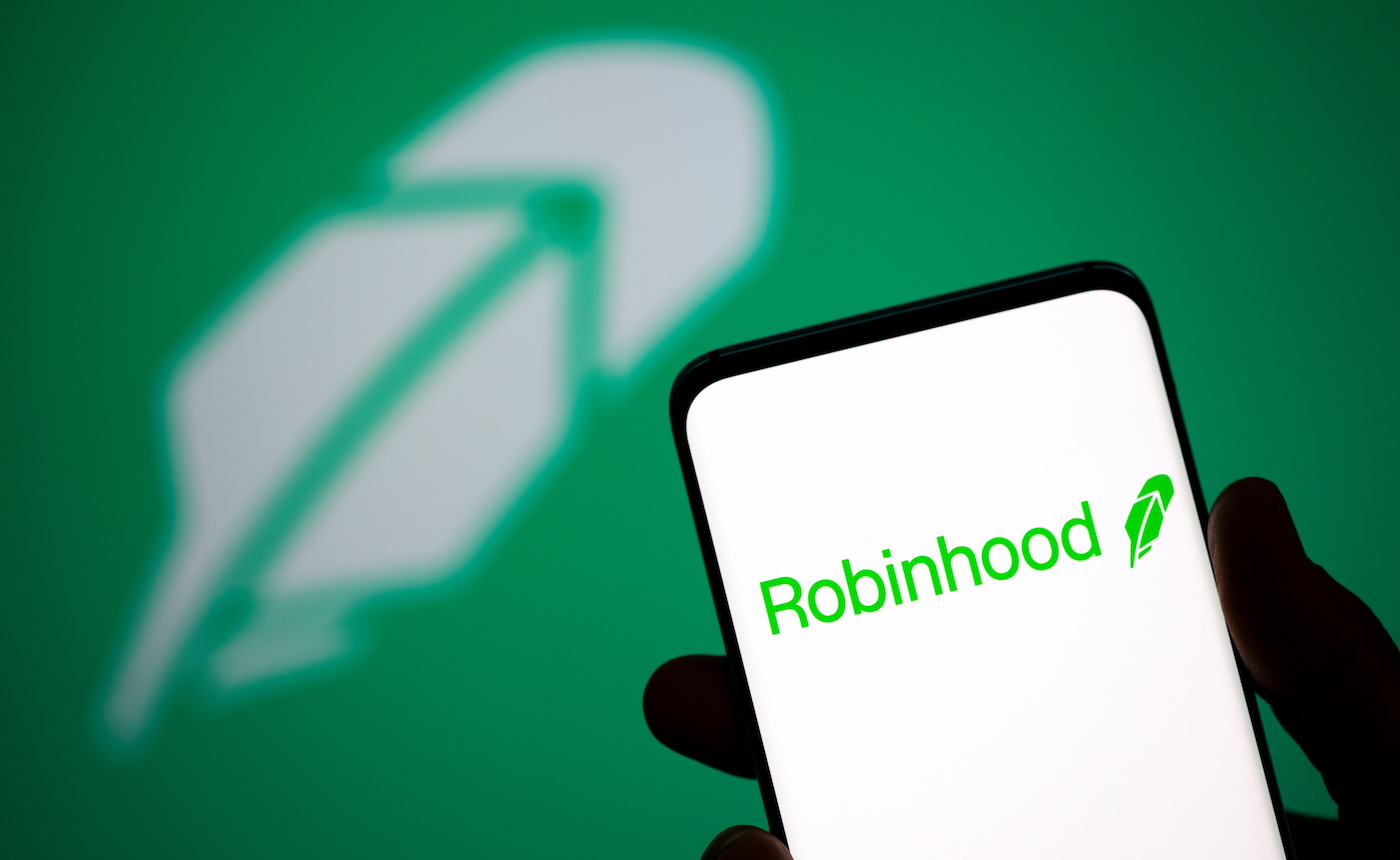Shares of Robinbood Markets (HOOD), have been under heavy selling pressure over the past several weeks and months, falling 55% since mid September amid concerns of slowing growth and what some pundits see as accelerated losses. It also hasn’t helped that the company has had to consistently navigate some public relations challenges.
Robinhood’s zero-commission model ignited massive interest among retail investors, and the company enjoyed early popularity, surging following its late-July initial public offering, skyrocketing 124% to $85 per share, well above its $38 IPO price. But since that early success, it’s had a difficult road. Friday’s $19.10 closing price for Robinhood stock represents a decline of 77% from its all-time high in early August. But is now a good time to buy for the long term?
Robinhood’s mission to democratize finance for all investors, while enabling everyone to invest in their own way, was one of the key components of its popularity, particularly among first-time investors. Leading up to its IPO, the Robinhood app was used by 18 million accounts. While that figure was impressive in total, it amounted to only $4,500 per account, given that Robinhood reported $81 billion in assets by the end of the first quarter. This suggests that the accounts were held by investors new to the stock market.
While the company’s commission-free trading model resulted in a massive rise in popularity and usage of the application, the accounts (or users on the platform) weren’t deemed “valuable” enough by analysts to support the valuation Robinhood had attained. What’s more, the combination of “meme stock” mania — driven by surging stock prices of GameStop (GME), AMC Entertainment (AMC) — and crypto-related volumes created a massive pull-forward in accounts and revenue. This gave the market the impression that these revenues were unsustainable.
Robinhood’s Q3 earnings results, which revealed customer net losses, following record customer growth in the Q1 and Q2, didn’t alter these concerns. Although revenues increased 35% year over year to $365 million, it showed a decline of $200 million from Q2. From there, the results were a combination of good and bad: For example, while Q3 revenue from options trading rose 29% to $164 million, the equity revenue (stocks) declined 27% year over year to $50 million. Crypto revenue was impressive, rising eight-fold year over year to $51 million, but it marked a sequential decline of more than 75%.
Elsewhere, while the total amount of customers rose to 22 million, customer activity levels (trading) declined and average balances plunged, thereby reducing the company’s assets under custody to $95 billion. The market has punished the stock on the assumption that these numbers won’t immediately improve. Revenues are now trending at just $1.4 billion per year. Complicating matters, the company’s main revenue driver (PFOF—payment for order flow) is being investigated by the SEC.
It remains to be seen what the outcome of that investigation will be. But all of that said, the setup for next year looks favorable for Robinhood stock, in my opinion. The company should see customer growth improve in Q4, and there is a massive opportunity if can scale up areas such as Retirement Accounts, crypto wallets, or automated managed funds. All told, Robinhood is down, but certainly not out. The company is just scratching the surface of account growth. And with the stock down 77% from its $85 all-time, the risk-versus-reward view has tilted towards the positive side. As such, I believe Robinhood stock deserves a long look at current levels.
The views and opinions expressed herein are the views and opinions of the author and do not necessarily reflect those of Nasdaq, Inc.
www.nasdaq.com
